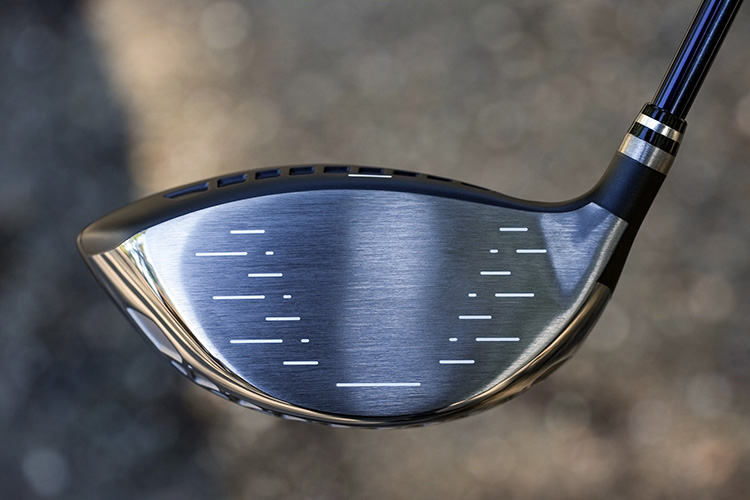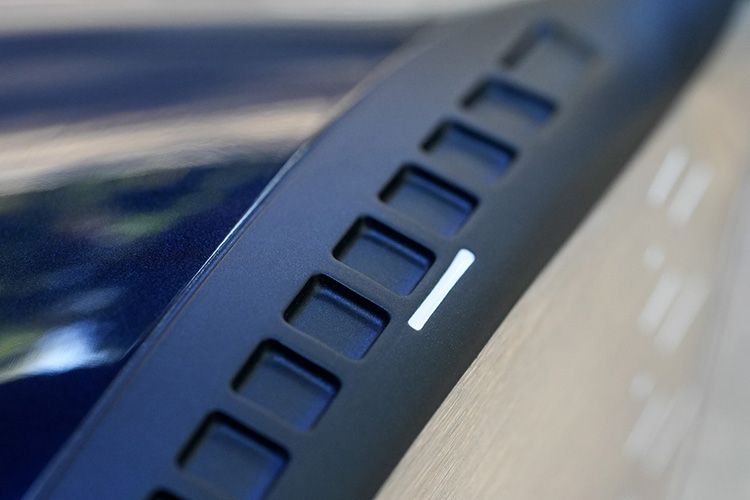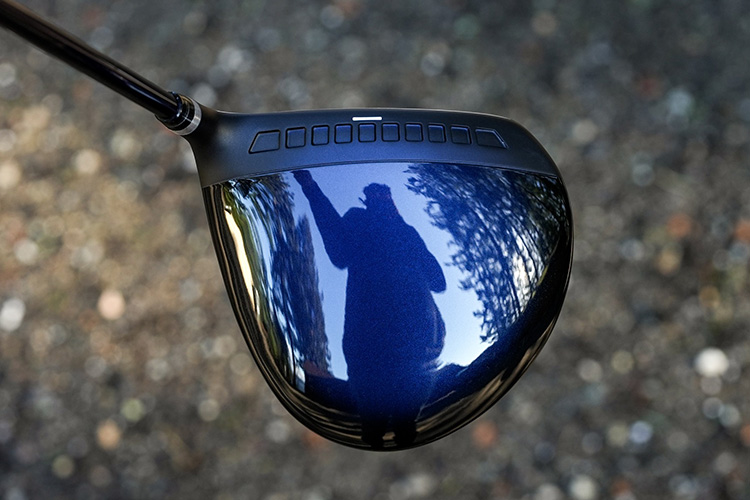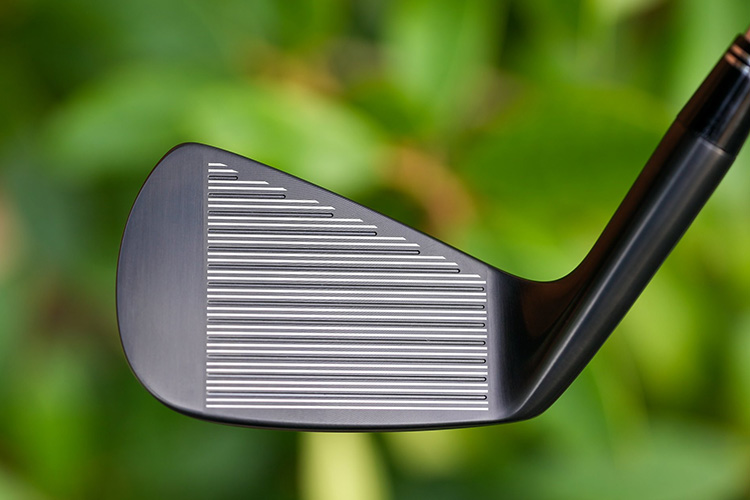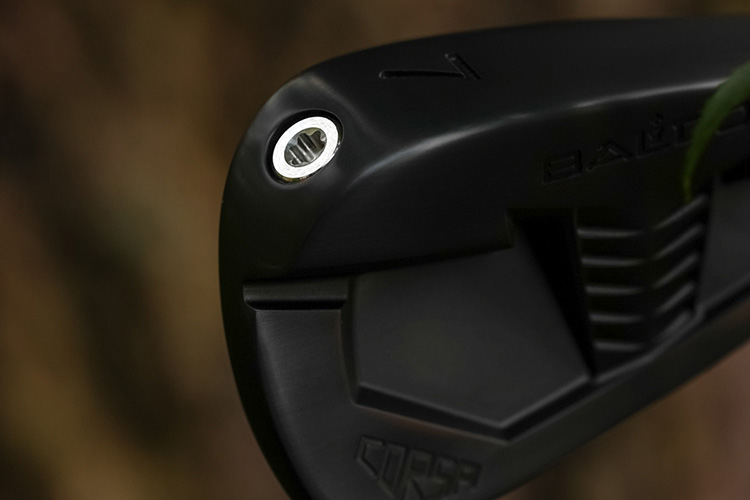2021 Yamaha Inpres UD+2 Driver is here! For the long time fanatics of the Yamaha golf club brand, you know that the “Inpres” name has been synonymous to Yamahas main line of golf clubs including the legendary “Inpres Tour” series. These were highly sought after and limited production models that generated and nurtured many Yamaha Golf fanatics among JDM users. Fast forward to 2021, Yamaha’s athlete player’s line of clubs has now been transitioned off to their RMX line of clubs and the Inpres line now is dedicated to the distance oriented Game Improvement clubs with the UD+2 series. The 2021 UD+2 marks the 3rd generation of the highly popular and successful series geared towards experienced golfers looking to regain some of their lost distance, as well as players who just picked up the game of golf recently looking for ultimate forgiveness and playability. It is evident through the years of success and iterative refinement, the UD+2 series provide golfers with a great combination of distance, forgiveness and playability in an attractive overall design.
The 2021 Inpres UD+2 driver designs around a theme of being able to hit your “best shot of the day” on every shot in your round! What an exciting concept! There are drivers out there that provides you ultimate distance once every 14 drives… which is great… but in reality you want to see those great shots more often and more consistently. It seems obvious when you state it that way, but many times as players, we become overly joyful about the one super distance drives in a round that you feel that nothing else matters. As you gain experience in this game of golf, we learn to understand that repeatable and consistent results are far more important in this game. But what if a club can help you achieve both?
The 2021 Yamaha Inpres UD+2 driver features a new patented technology called “Speedbox” which are small square grill like structure across the leading edge of the crown as well as the leading edge of the sole. The Speedbox structure creates a much rigid structure around the face, which in turn minimizes the energy loss by avoiding the impact energy to disperse as vibration to the rest of the body. Impact energy is maintained and transitioned efficiently into maximum ball speed. Yamaha claims an increase of +1.6 m/s (approx. 3.6 mph) of ball speed compared to their previous model. This 460cc head also features a larger CG angle that makes it easier to square the face at impact. MOI has also been increased from 4650 to 5020 which largely helps with producing straighter shots. Following the tradition of Yamaha drivers of the past, Yamaha Golf again collaborated with their in house Yamaha Acoustic R&D team to perfect the impact sound to have a clean metallic sound pleasing to the ears.
The 2021 Inpres UD+2 driver is certainly worthy of the “Ultimate Distance” (UD) name designation. The driver comes in a 9.5 deg and a 10.5 deg loft with a very light Fujikura Air Speeder shaft in R thru S flexes. If Ultimate Distance is your objective with your drives, the 2021 Yamaha UD+2 driver should definitely be on your short list to consider.
Specification
